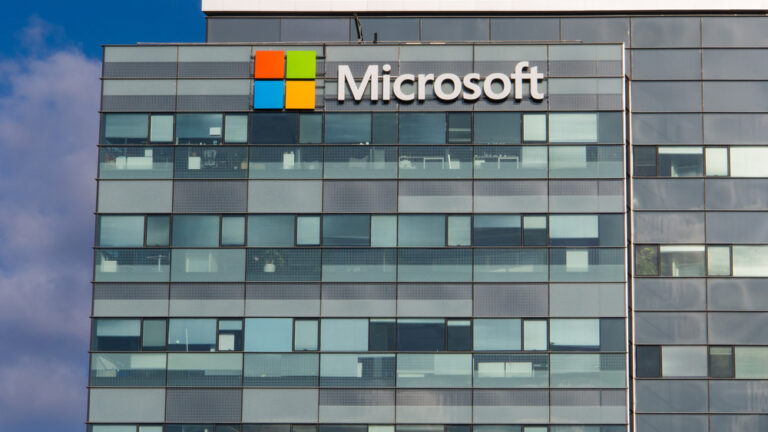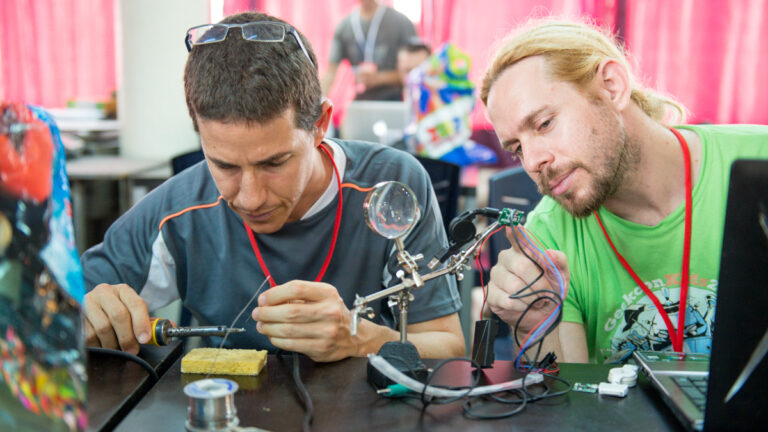The Israel Museum in Jerusalem is the latest partner to join the Google Art Project, which includes more than 30,000 high resolution objects held in museums around the world.
Some 500 of the most important objects in the Israel Museum’s expansive collections are now online. Visitors can surf through high resolution images that offer works in exceptional detail and read about background information on objects and artists. Visitors can also explore the Museum’s campus and permanent galleries virtually, using Google’s Street View technology.
“Google is committed to bringing art and culture online and making them universally accessible,” said Professor Yossi Matias, Managing Director of Google’s R&D Center in Israel. “The new expanded Art Project demonstrates our commitment to all types of art, cultures, and civilizations from around the globe. With just a few clicks, users can now discover an extensive selection of paintings, sculpture, street art, and photographs. The resolution of these images, combined with a custom built zoom viewer, allows art lovers to discover minute aspects of paintings and other objects they may never have seen up close.”
The Google Art Project was launched in February of last year. Today, 151 partners in 40 countries are included in the virtual art collection.
Among the Israel Museum collection highlights on view through the Google Art Project are: The Bronze Medallion of Titus — a rare, ancient coin, from 80 CE that depicts the Colosseum in Rome; the interior of 18th-century Vittorio Veneto Synagogue, Italy; jewelry of Jewish Brides in Djerba — exquisitely decorated jewels, adorned with motifs of barley seeds, fish, birds, and hamsas believed to ensure fertility and ward off the evil eye; and Claude Monet’s Water Lilies, 1907 — one of the painter’s tranquil and contemplative waterscapes.
“With Google Art’s innovative platform any cultural aficionado, anywhere in the world, can tour the Israel Museum virtually,” said MK Limor Livnat, Minister of Culture and Sport. “While this is not the same as visiting the Museum in person, it is as close as one can get and highly inspiring. The technological progress experienced by the world in recent years transforms global culture too, and it’s great to have Israel in the picture.”
Fighting for Israel's truth
We cover what makes life in Israel so special — it's people. A non-profit organization, ISRAEL21c's team of journalists are committed to telling stories that humanize Israelis and show their positive impact on our world. You can bring these stories to life by making a donation of $6/month.







